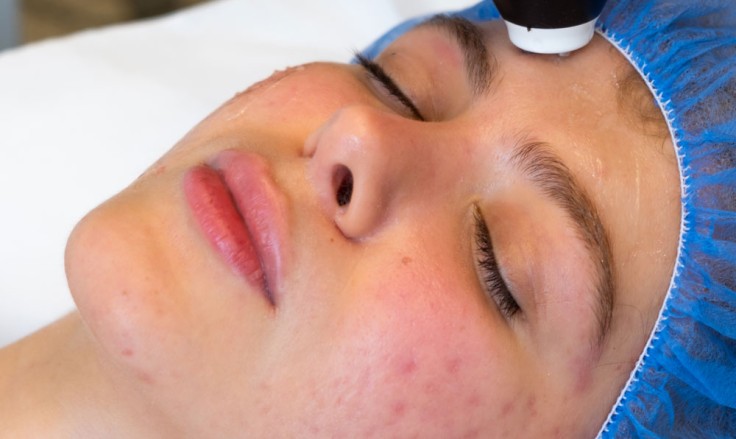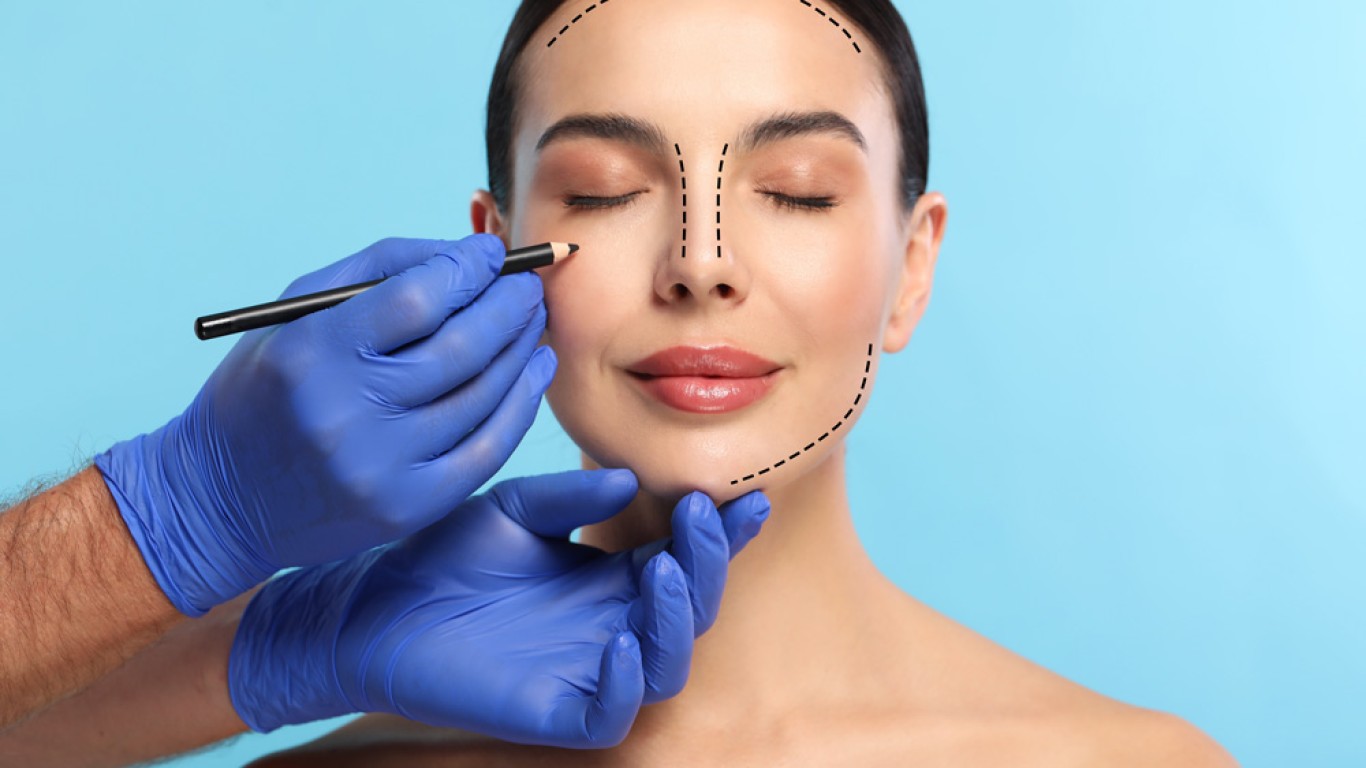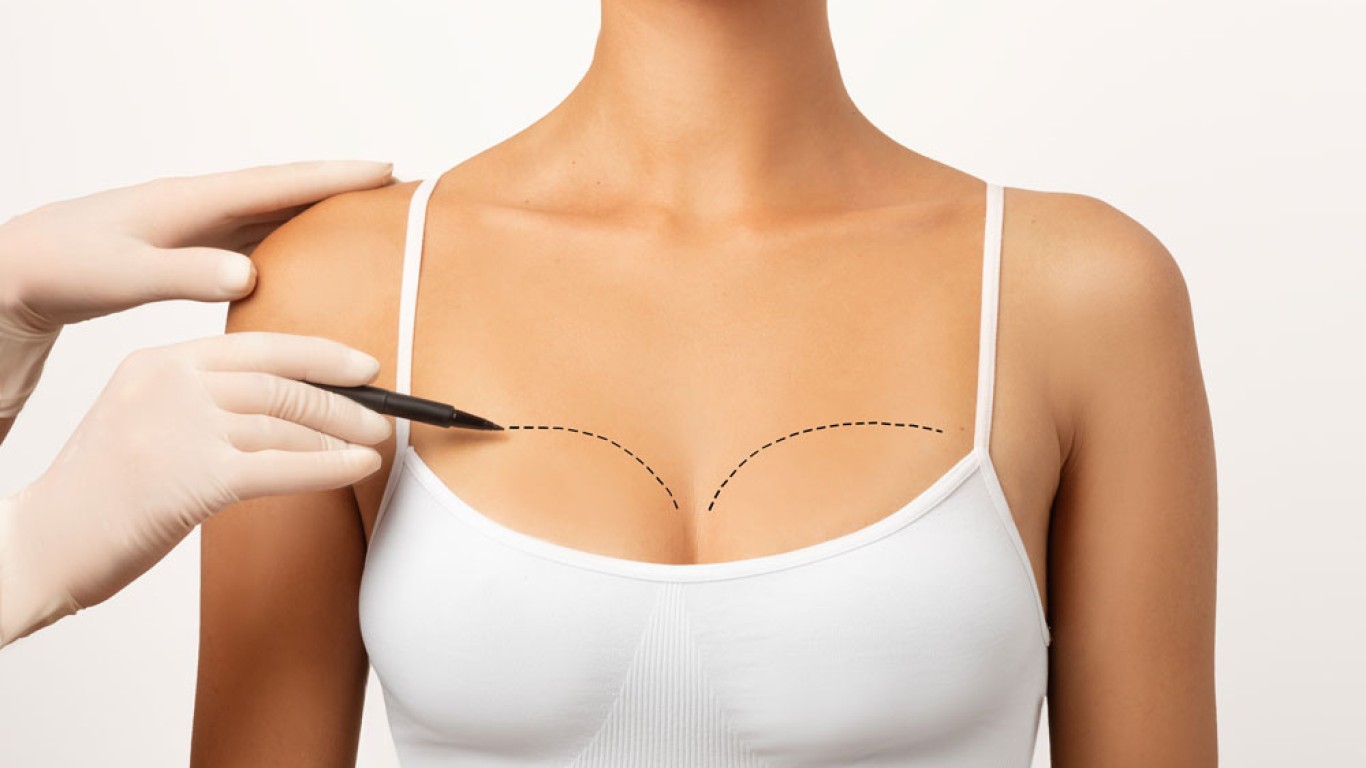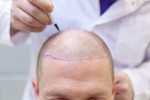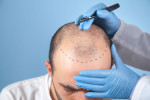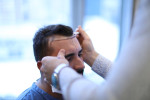Introduction: Why Skin Tone Changes Matter
Skin is our most visible feature, shaping confidence and first impressions. When hyperpigmentation develops, people often feel self-conscious.
Hyperpigmentation refers to darkened patches caused by excess melanin. Although common, its emotional impact can be profound. Fortunately, science and aesthetics offer effective treatments that restore balance and radiance.
Understanding the Root Causes of Hyperpigmentation
Several factors contribute to hyperpigmentation. Sun exposure stimulates melanin, creating dark spots over time. Hormonal shifts, especially during pregnancy, can also trigger melasma.
Post-inflammatory hyperpigmentation appears after acne, injuries, or skin irritation. Genetics may increase susceptibility. Ageing further compounds these causes, with skin becoming more uneven as years progress.
How Sunlight Plays a Role in Hyperpigmentation
Sun exposure is the most significant trigger of hyperpigmentation. Ultraviolet rays stimulate melanocytes, increasing pigment production.
Without sun protection, pigmentation deepens, and new patches appear. Even short daily exposure can accumulate damage. This explains why dermatologists stress sunscreen as the first defence against hyperpigmentation.
Hormonal Influence Explained
Hormones play a strong role in skin pigmentation. Melasma, often called the “mask of pregnancy,” arises from hormonal fluctuations.
Contraceptives and hormone therapies can produce similar effects. Though common, melasma requires careful management. Treatments often combine sun protection with targeted therapies to maintain control.
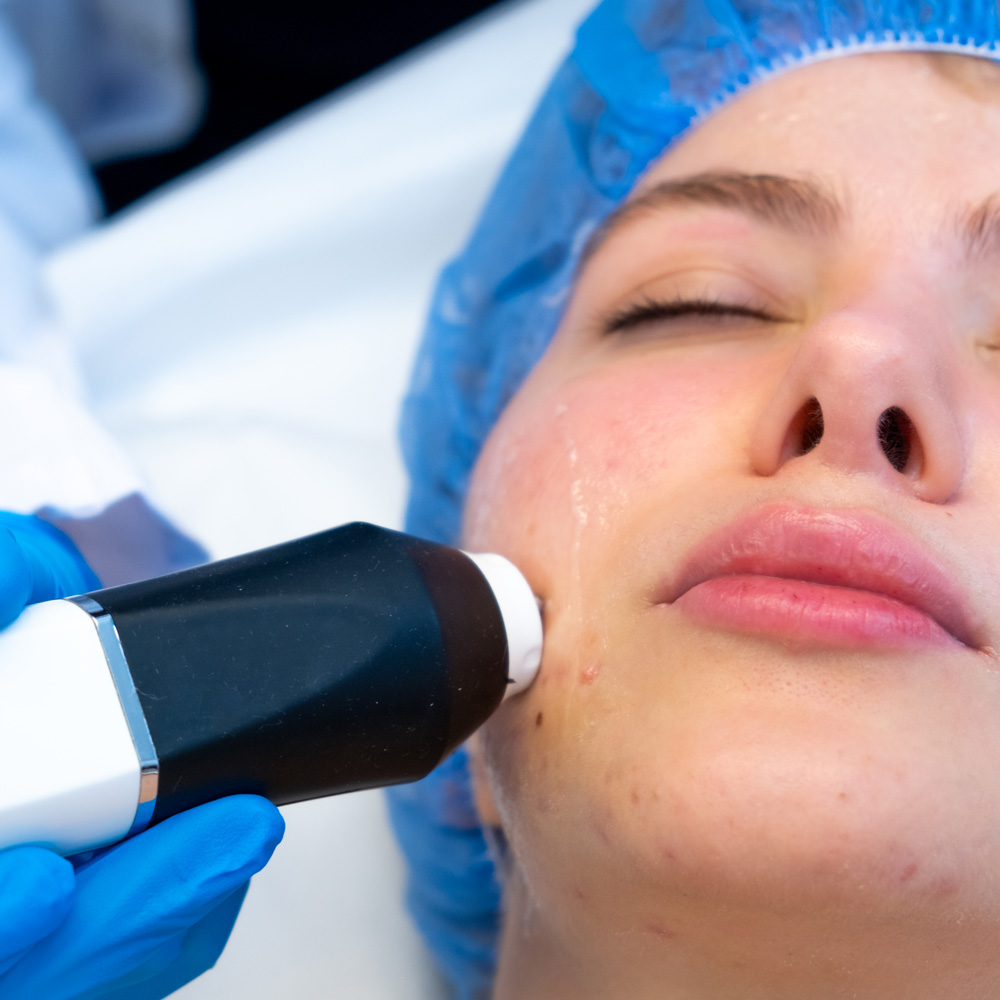
Post-Inflammatory Hyperpigmentation
Acne breakouts, eczema, or injuries frequently leave behind dark spots. This is known as post-inflammatory hyperpigmentation.
Although temporary, these marks may linger for months. Treatments such as chemical peels, retinoids, or laser therapy accelerate fading. Patients often describe renewed confidence when these reminders disappear.
Ageing and Pigmentation Changes
As skin ages, cell renewal slows. Sun damage accumulates, producing age spots and uneven tone.
Hyperpigmentation in older adults is common and often worsens without intervention. Treatments aim to refresh skin by stimulating collagen and encouraging even cell turnover.
Non-Surgical Treatment Options for Hyperpigmentation
Several non-surgical methods improve hyperpigmentation. Topical creams with hydroquinone or retinoids lighten dark patches. Chemical peels exfoliate, removing damaged layers and revealing fresher skin.
Laser therapies precisely target pigmentation, breaking it down without harming surrounding tissue. Mesotherapy injects nutrients to revitalise skin tone. These methods are widely used in Turkey’s advanced clinics.
Surgical or Intensive Approaches fo Hyperpigmentation
While rare, some severe hyperpigmentation cases may require more intensive procedures. Deep chemical peels or ablative laser resurfacing are options for stubborn patches.
These are carried out under professional supervision, ensuring safety and precision. Patients should expect longer recovery but also more dramatic results.
Costs of Hyperpigmentation Treatments in Turkey
Affordability makes Turkey an attractive destination. On average:
- Chemical peels: £80–£200 per session.
- Laser therapy: £200–£600 per treatment.
- Mesotherapy: £100–£250 per session.
Compared with Western countries, savings range from 50–70%. Many clinics provide packages, making combination treatments more accessible.
Lifestyle Adjustments That Support Results
Lifestyle choices play a major role in maintaining even skin tone. Daily sunscreen use is essential. Hydration, balanced nutrition, and stress management also help.
Patients who adopt these changes often find treatments last longer. Prevention, combined with professional care, ensures sustained improvement.
Emotional and Social Impact of Hyperpigmentation
Hyperpigmentation influences more than appearance. Patients often describe frustration, embarrassment, and reduced confidence.
Successful treatment restores more than skin, it renews emotional wellbeing. Feeling comfortable without concealer or heavy makeup is liberating. For many, this change is life-altering.
Cultural Perspectives on Skin Tone
Across cultures, even skin tone is linked with beauty. In Asia, fairness has long been prized. In Western cultures, glowing, blemish-free skin is highly valued.
This cultural emphasis drives demand for hyperpigmentation treatments. Clinics in Turkey understand these influences, tailoring approaches to each patient’s needs and expectations.
Conclusion
Hyperpigmentation can feel discouraging, but effective treatments exist. By identifying causes and tailoring therapies, patients regain even, radiant skin.
Turkey’s clinics combine affordability, advanced technology, and personalised care, making the country a leading destination. For many, treatment is more than aesthetic, it restores confidence and self-expression.
For more information and to book a consultation visit the ACIBADEM Beauty Center Skin Treatments webpage.
Frequently Asked Questions
It is skin darkening caused by excess melanin, producing patches or uneven tone.
Sun exposure, hormones, inflammation, genetics, and ageing contribute to pigmentation changes.
Options include topical creams, chemical peels, laser therapy, and mesotherapy.
Yes, daily sun protection and consistent skincare reduce the risk significantly.
Turkey offers advanced technology, skilled professionals, and affordable pricing.
